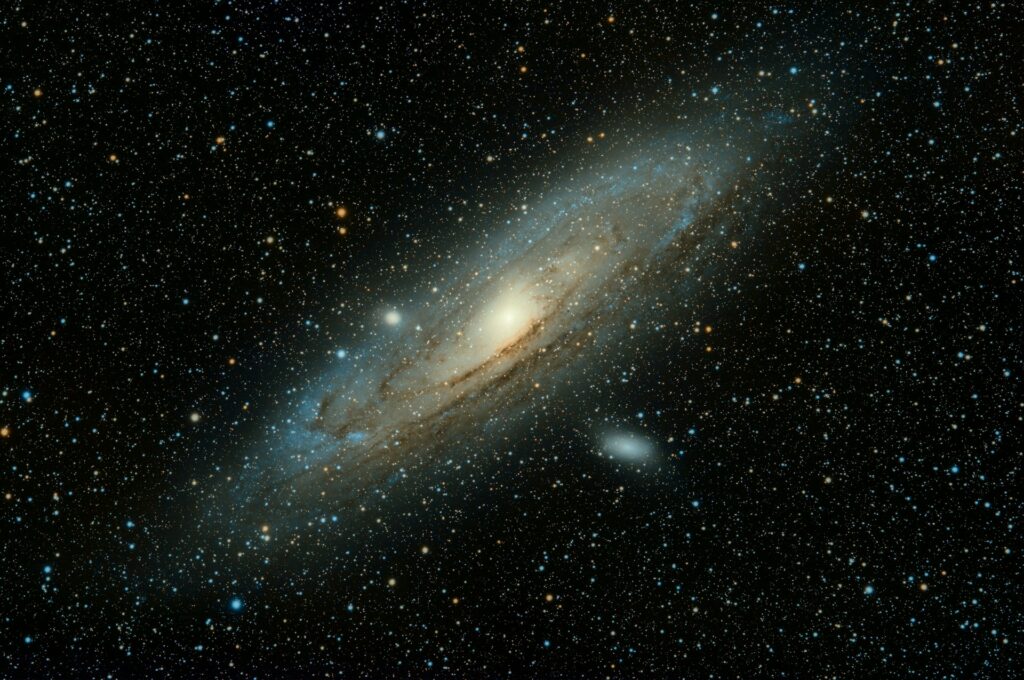On July 1, 2025, the ATLAS telescope in Chile detected 3I/ATLAS, the third confirmed interstellar object to enter our solar system, speeding toward the Sun at over 130,000 mph (210,000 km/h). Initial observations suggest it’s a comet, roughly 7–15 miles wide, with a coma of ice, gas, and dust, per Live Science. However, a July 16 preprint paper on arXiv by Harvard’s Avi Loeb and colleagues Adam Hibberd and Adam Crowl speculates that 3I/ATLAS could be alien technology, possibly a “hostile” probe. Citing its unusual trajectory—close passes by Venus (0.65 AU), Mars (0.19 AU), and Jupiter (0.36 AU) with a 0.005% probability of random occurrence—and its alignment with the ecliptic plane, they propose it might deploy surveillance “gadgets” or execute a covert maneuver when hidden by the Sun at perihelion in late November 2025. Loeb links this to the “dark forest hypothesis,” suggesting aliens stay silent to avoid detection, per Hindustan Times.
Evidence and Skepticism
The paper, described as a “pedagogical exercise,” lacks peer review and is met with skepticism. Astronomers like Samantha Lawler from the University of Regina argue, “All evidence points to this being an ordinary comet,” ejected from another star system, per Live Science. Vera C. Rubin Observatory images from June 2025 show a 7-mile-wide nucleus with dust and water ice, typical of comets, per Scientific American. Gemini North and Hubble telescopes confirm a coma, contradicting claims of absent cometary features, per Spaceweather.com. Critics, including Oxford’s Chris Lintott, call the alien hypothesis “nonsense on stilts,” citing global efforts to study 3I/ATLAS as a natural object. Even Loeb concedes it’s “most likely” a comet, per Moneycontrol. X posts, like @UAPWatchers’, note an elongated “tail” but attribute it to motion, not artificial design.
Anomalies and Counterarguments
Loeb’s team highlights 3I/ATLAS’s speed (faster than ‘Oumuamua and Borisov), its retrograde orbit, and its size—potentially 100–200 times larger than ‘Oumuamua—suggesting it’s too large for a typical interstellar asteroid, per Orbital Today. They speculate a Solar Oberth maneuver could allow it to brake and stay in the solar system, implying intent. However, NASA’s Paul Chodas emphasizes its natural origin, noting it poses no threat, passing 170 million miles from Earth on December 17, 2025, per LADbible. Spectral data show weak cometary activity, likely due to its distance, and upcoming observations by the James Webb Space Telescope may clarify its composition, per Scientific American. The trajectory’s planetary alignments are statistically rare but not impossible for a natural object, per ScienceAlert.
Implications and Future Study
If 3I/ATLAS were artificial, its speed (41 miles/second) makes interception by Earth’s rockets—limited to a third of that speed—impossible, per Daily Mail. Loeb suggests NASA’s Juno spacecraft could approach it near Jupiter by March 2026, but fuel constraints make this unlikely, per Futurism. The paper’s dire warnings of a “hostile” attack lack evidence, as no signals or non-gravitational acceleration have been detected, per News18. The European Space Agency’s Comet Interceptor, launching in 2029, could target future interstellar objects but not 3I/ATLAS, per Scientific American. X discussions, like @Unexplained2020’s, fuel speculation, but community notes clarify its cometary nature. Continued observations will refine our understanding, but the consensus leans heavily toward a natural comet.
Why the Debate Persists
Loeb’s history of bold claims, like his 2017 ‘Oumuamua hypothesis, keeps the alien tech narrative alive, despite mainstream dismissal, per Newsweek. The paper’s speculative nature, meant to provoke thought, taps into public fascination with extraterrestrial life, amplified by X posts like @RT_com’s. However, without extraordinary evidence, as Carl Sagan noted, the scientific community prioritizes natural explanations. 3I/ATLAS offers a chance to study interstellar objects, potentially 3 billion years old, but claims of hostility remain unproven and widely criticized, per Snopes.


